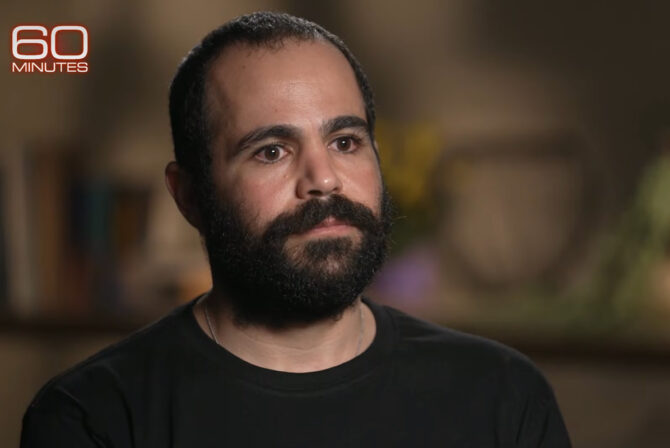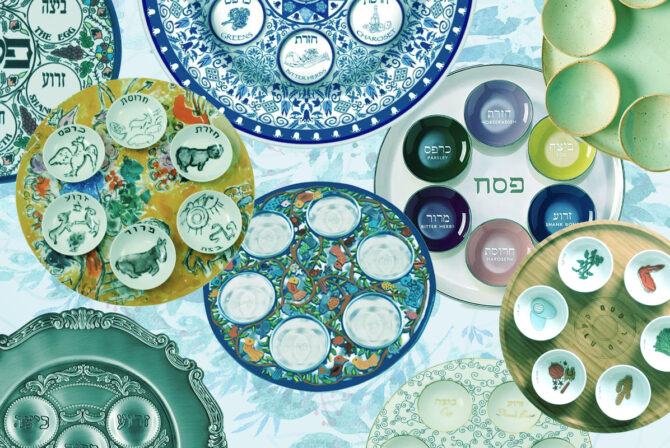Shortly after our discussions on Kveller about the appropriateness of the Purim story for preschoolers, my 4th grader needed to read “Number the Stars” by Lois Lowry (whom I will always adore due to the “Anastasia Krupnik” series).
I knew it was a book about the Holocaust, and I decided to read it first, so that I could be prepared for any questions he might have. (I’d initially confused it with another title, which follows the main character and her family all the way to Auschwitz.)
What I found in “Number the Stars,” however, was a book about the Holocaust… kind of.
To start with, it takes place in Denmark. Denmark is rightly proud of their King’s and their people’s actions during World War II as far as the Jews were concerned, but their actions were hardly typical of what went on across Europe.
For another thing, like “Schindler’s List” and multiple other works, the story is told through the eyes of a Gentile, not a Jew. (As my African-American husband said, “So what else is new? It’s always the white guy’s experience that matters.”) Which means that the events are already removed by one degree from those most affected.
“Number the Stars” tells us that the Danish Jews are in danger from the German soldiers occupying their country. But it doesn’t tell us what sort of danger. Why are they so afraid of the Nazis? What’s going to happen to them if they stay? Or, worse, if they’re taken away?
The bulk of the plot concerns a Danish family smuggling their Jewish friends out of Denmark and into Sweden. Which, in fact, did happen. Denmark saved almost their entire Jewish population in such a manner.
We are also told that the Danes kept their friends’ apartments exactly as they’d left them, so the Jews could return after the war and pick up their lives where they’d left off. (The cynic in me can’t imagine that some homes, at least, weren’t looted, but I honestly don’t know if that detail is accurate.)
Tellingly, at the end of the book, the war is, at long last, over, and the Gentile family looks forward happily to their friends returning. But we are never told whether or not, in fact, they do.
To say that, in my opinion, “Number the Stars” doesn’t even begin to scratch the surface of the Jewish experience during the Holocaust would be understating it. By focusing on an outlying country and circumstances, it almost does more harm than good. It makes you think the Holocaust was, at worst, an inconvenience. People had to leave their homes for a while (as if it’s being fumigated). But families stayed together, their friends remained loyal, and then everybody came back, safe and sound. No harm done, really. In fact, smuggling them out was a glorious adventure!
After he finished reading the book, I talked to my son about what really happened to the majority of Europe’s Jews. How they weren’t sheltered by their neighbors, but actually turned in by them (yes, I know there are stories that say otherwise; the reason they are so extraordinary is because they were the exceptions to the rule). How their homes were robbed and taken over and how the few survivors who made it back were frequently not allowed to reclaim them. How the Jews weren’t just relocated to another city or country; they were murdered by the millions. We talked about yellow stars and shops being burned and people beaten to death in the streets. We talked about the existing European anti-Semitism that allowed it to happen and about how it hardly ended at the conclusion of the war, either.
These things are very upsetting.
These things should be very upsetting.
And I believe in getting to them sooner rather than later, so that the facts aren’t some monumental shock dropped on a child without warning, but simply a part of who you are from the beginning.
Maybe it’s because I grew up in the Soviet Union in the 1970s, where everybody’s grandfather (and many a grandmother) was an Army vet, and World War II stories were as common as fairy tales. Maybe it was because we were a Jewish family in a country that outlawed the practice–while dubbing it an ethnicity and stamping it on our internal passports–so the concept of “Never Again” seemed tentative, at best.
Maybe it was because I was raised on tales of mothers hiding in ditches with their babies for months at a time (and, yes, suffocating them to keep them quiet–I had the big plot twist at the end of “MASH” figured out within the first five minutes) and of mass graves a few miles away which the Soviet government refused to acknowledge as the site of a massacre where, according to locals, the ground continued shaking for days as survivors tried to claw their way out. (My grandparents attempted to find the Babi Yar graveyard once, in order to at least lay down some flowers, but officials refused to tell them exactly where it was.)
I knew all that as a child and I want my kids to know it, too. Because, to be honest, that’s the only way I can think of “Never Again” standing a fighting chance.
Like this post? Get the best of Kveller delivered straight to your inbox.







